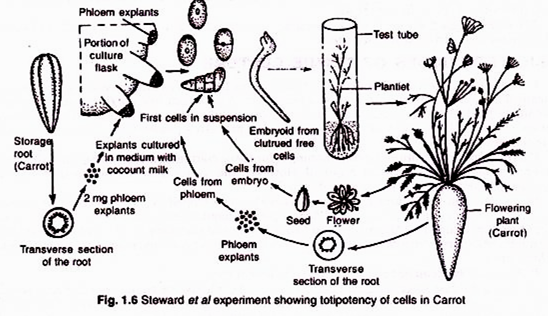In this article we will discuss about:- 1. Location and Structure of Spleen 2. Blood Circulation in Spleen 3. Functions.
Location and Structure of Spleen:
Spleen lies in between the fundus of the stomach and the diaphragm. The spleen is soft, highly vascular and dark purple in colour. The spleen is the largest single mass of lymphatic tissue in the body. Its average weight in the adult is about 150 gm. Its long axis lies in the line of the tenth rib.
The spleen has a long fissure, the hilium, near its lower portion. Except at the hilum, the surface of the spleen is covered by a layer of visceral peritoneum (= serous coat). Next to the visceral peritoneum, there is a capsule. The trabeculae arise from the capsule that extend into the substance of the spleen.
White Pulp:
The lymphoid tissue (mostly lymphocytes) surround the arterioles, forming masses or nodules, the splenic nodules (= Malpighian bodies) which appear whitish and hence called the white pulp of the spleen.
Red Pulp:
The remaining part of the splenic tissue appears reddish due to red blood corpuscles and hence, called the red pulp of spleen. It contains numerous venous sinusoids which are large and complex cavities containing blood. The venous sinusoids are separated by areas of tissue rich in macrophages attached to the reticulum of the spleen called Splenic cords of Billroth.
The term ‘cord’ is perhaps misleading, because these areas of perivascular tissue form a continuous network throughout the spleen and have numerous cavities between the cells through which blood can pass. In some mammals like mouse and cat, there are no sinusoids and the majority of the red pulp is composed of splenic cord tissue.
Blood Circulation in Spleen:
Splenic artery → Arterioles → Venous sinusoids → Venules → Splenic vein.
Functions of Spleen:
(1) Phagocytosis:
The splenic macrophages engulf worn-out red blood corpuscles, white blood corpuscles and platelets and cell debris and microorganisms.
(2) Haemopoiesis:
In foetus, the spleen produces all types of blood cells but in adult it only produces lymphocytes.
(3) Immune Response:
Like other lymphoid tissues, the spleen is a centre where both B-lymphocytes and T-lymphocytes multiply. When stimulated by the presence of antigen, the B-lymphocytes enlarge and get converted to plasma cells.
The plasma cells produce antibodies, the protective proteins that provide immunity. T-lymphocytes are also concerned with immune responses. They can destroy abnormal cells by direct contact or by producing cytotoxic substances called cytokines.
(4) Storage of Erythrocytes:
When the animal needs less oxygen, some erythrocytes (RBCs) are withdrawn from the blood circulation and stored in the spleen. When the animal requires more oxygen the stored erythrocytes are released into the blood circulation, therefore, spleen is often called “Blood bank”.
The enlargement of the spleen is called splenomegaly.
It happens during the following conditions:
(i) Increased phagocytosis by macrophages as in any infection,
(ii) Increased destruction of erythrocytes as in malaria, and
(iii) Abnormal increase in lymphocyte production as in leukemia—blood cancer.

